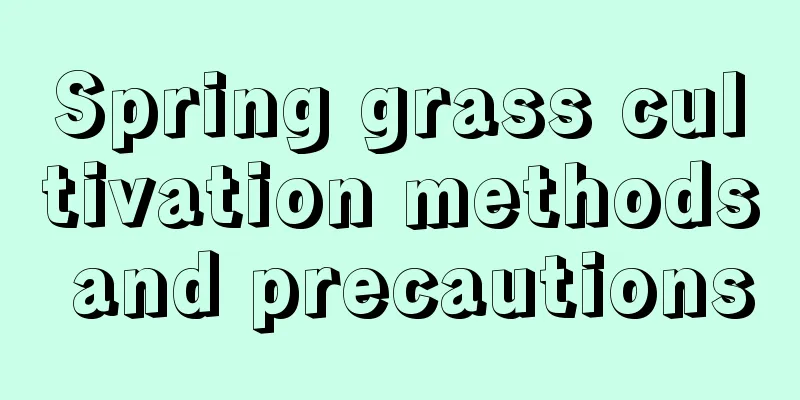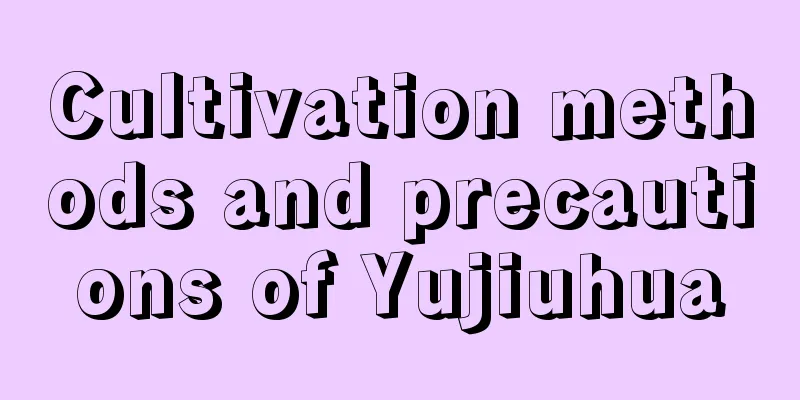How to water cymbidium

1. First of all, you need to choose a clay flower pot with good air permeability:The potting soil can be mixed with ordinary soil, sand and gravel, and humus soil in a ratio of 2:1:1. Such potting soil not only provides base fertilizer but also ensures air permeability. 2. Requirements for water quality and temperature:Weakly acidic water is better. Of course, you don’t need to buy PH test paper specifically. Just remember that tap water cannot be used for watering flowers without treatment. It needs to be left for one to two nights before use. If conditions permit, rainwater can be stored, which is the best water for watering orchids. Keep the water temperature close to room temperature as much as possible. Do not use cold water to water the flowers in summer, as this can easily damage the roots. 3. Try to water in the morning:The most important thing for Cymbidium orchids is poor drainage from the roots, and less watering at night due to evaporation can easily lead to water accumulation and cause damage. 4. Watering frequency:In summer, evaporation is faster, so you can water once a day. During the flowering period, you should start to reduce the frequency of watering according to the situation, and water once every 7 days or so. Excessive watering will easily cause brown spots on the petals. During the winter dormancy period, water the plant once every 5 days to maintain basic water usage to ensure a smooth winter. 5. Watering amount:Water according to the soil structure to make sure it is thoroughly irrigated but not waterlogged. You can tell whether it is thoroughly irrigated by observing if there is a little water overflowing from the drainage holes of the flowerpot. 6. Notes:Cymbidium orchid prefers an air humidity of 50%-70%, so you can use a small spray bottle to spray the roots and leaves between watering, but be careful to use a moderate amount of water. Too much water can easily cause the soil to clump and the roots to have difficulty breathing. It should not be placed near air conditioners, heaters or other heat-dissipating household appliances, as this may cause the flowers and leaves to turn yellow and affect the viewing experience. Compared with Cymbidium orchids, Cymbidium orchids are easier to cultivate and their flowers are more colorful, making them suitable for orchid novices as an introductory exercise. The course of orchid cultivation is profound and requires everyone to pay more attention, explore more, and experience more, so as to hone their own character and harvest elegant orchids. |
<<: How to water the Tyrant Whip
Recommend
Pearl orange cultivation methods and precautions
Growth habit Pearl orange is native to the southe...
Cultivation method of Huayueye succulent
Huayueye is a very beautiful and noble common suc...
Cinnamon benefits, how to eat cinnamon
1. Efficacy 1. Help lose weight: In daily life, m...
How to drink saffron in water and how many times a week
1. How to drink water Before drinking saffron in ...
What to do if the cactus withers
Rescue methods Repotting There are two points abo...
How many watermelon seedlings are there per acre?
Watermelon is a commonly grown fruit. Planting wa...
How to raise blue butterflies
1. Maintenance methods 1. Temperature: A warm env...
What is rapeseed?
What is rapeseed? Rapeseed is a vegetable of the ...
Key points for apple tree management in July
July is a critical growing period for apple trees...
How often should I water the blue snowflakes?
How often should I water the blue snowflakes? The...
How to prune the branches of a fortune tree
1. Specific time The pruning of the money tree is...
How to grow Kalanchoe to make it bloom
1. Soil Because it likes loose and breathable soi...
What to do if the leaves of Fuchsia turn yellow
Strengthen water management Excessive watering wi...
How to water mallow
Summer watering Summer is characterized by high t...
Five kinds of flowers that you must have at home
1. Osmanthus Osmanthus is one of the top ten famo...









